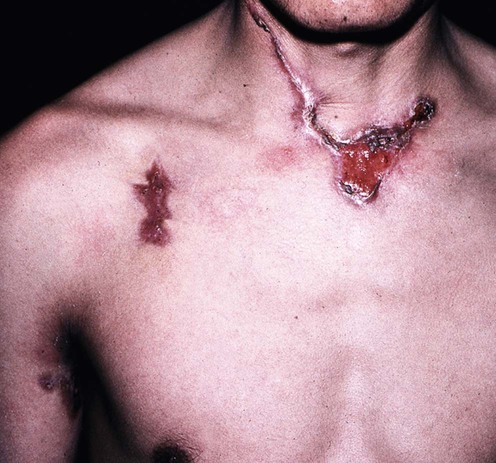Coccidioidomycosis

First-line therapies
![]()
Stay updated, free articles. Join our Telegram channel

Full access? Get Clinical Tree








 Fluconazole
Fluconazole Itraconazole
Itraconazole